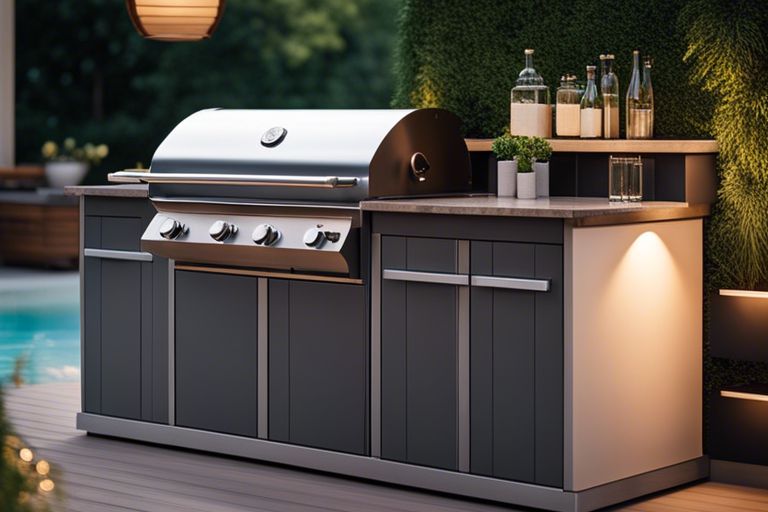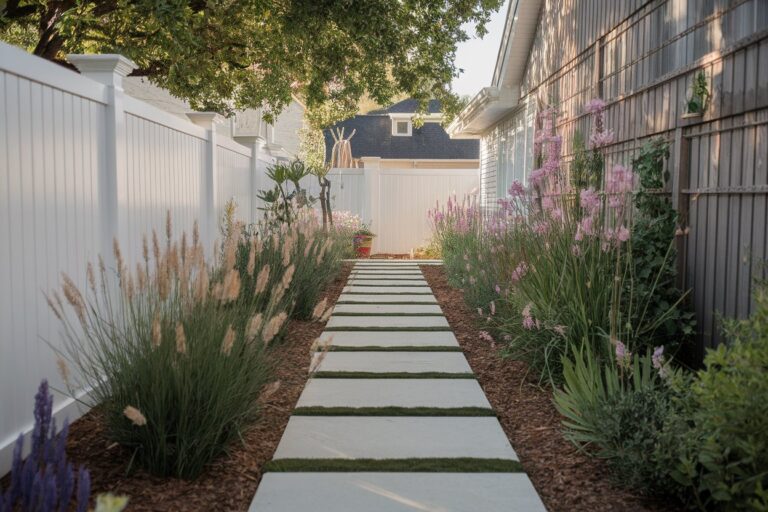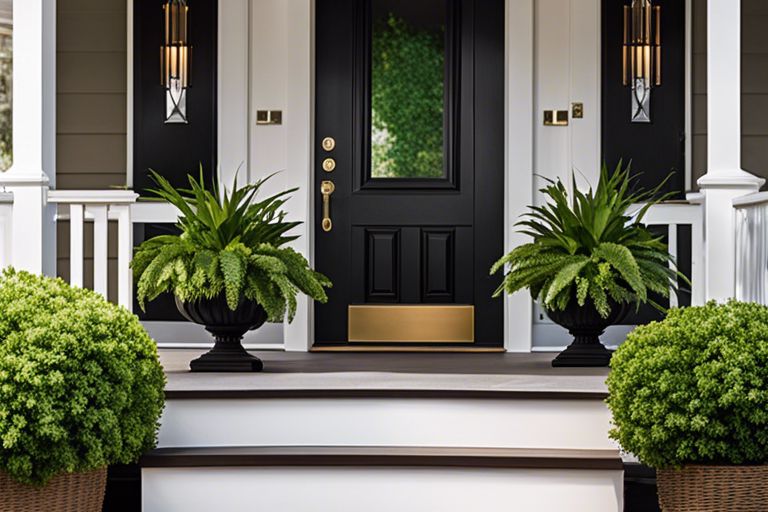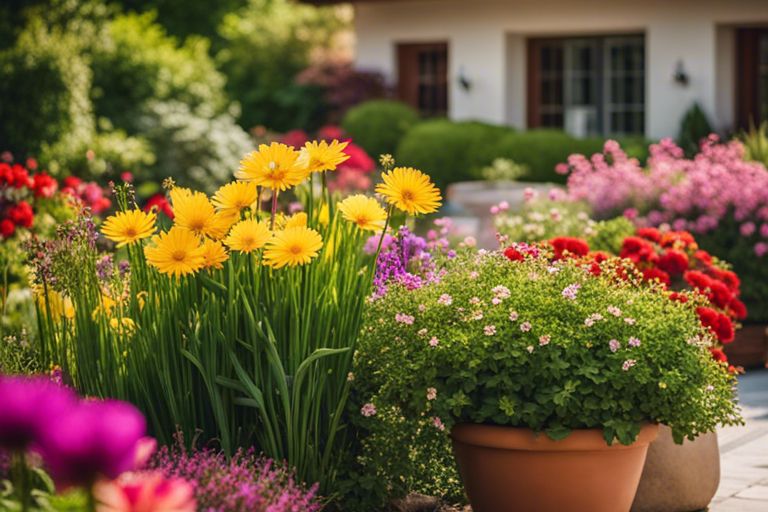43 Homesteading Garden Layout Ideas

With 43 unique homesteading garden layout ideas, you’ll find inspiration to transform your outdoor space into a thriving oasis.
As I probe into the world of gardening and homesteading, I invite you to explore these creative and practical layouts to maximize your harvest and create a sustainable garden paradise.
Let’s embrace the wisdom of Wendell Berry and cultivate our land with care, one layout at a time.
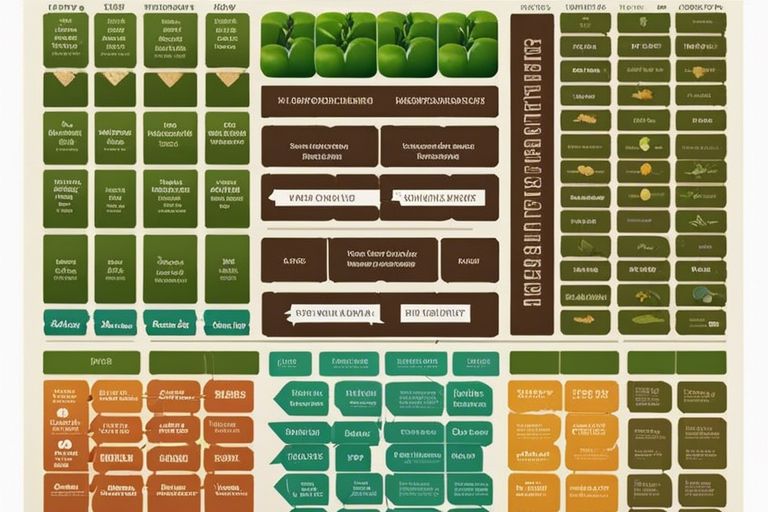
Assessing Your Homestead
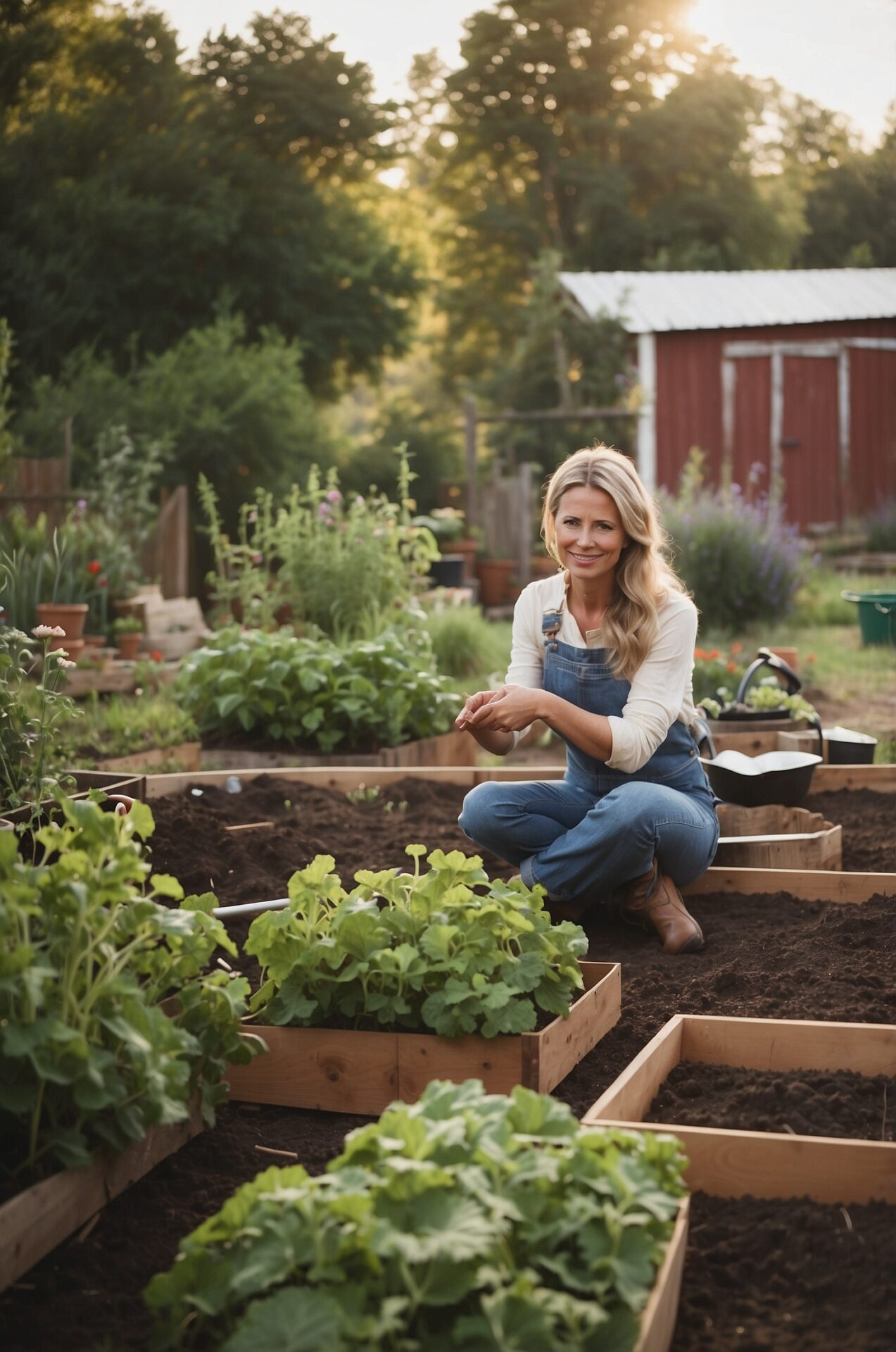
To create a successful garden layout for your homestead, I first need to assess the unique qualities of your land. This includes evaluating your climate, soil, space, and available resources. By taking these factors into consideration, I can help you design a garden layout that maximizes your chances of a bountiful harvest.
Evaluating Your Climate and Soil
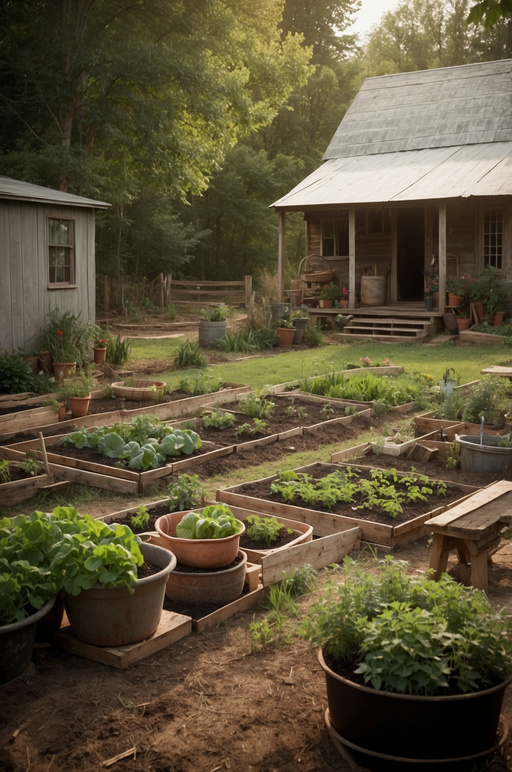
Any successful garden starts with a good understanding of your climate and soil. I recommend researching your hardiness zone to determine which plants will thrive in your area. Additionally, conducting a soil test can provide valuable insights into the pH levels, nutrient content, and drainage of your soil. This information will help you choose the right plants and make any necessary amendments to improve soil quality.
Considering Your Space and Resources
Space and resources are necessary factors to consider when planning your garden layout. Space constraints may influence the size and arrangement of your garden beds, while evaluating your resources, such as access to water, sunlight, and tools, can help you make informed decisions about plant selection and garden maintenance. Do not forget, starting small and gradually expanding your garden can be a practical approach, allowing you to learn and adapt as you go.
Garden Layout Essentials
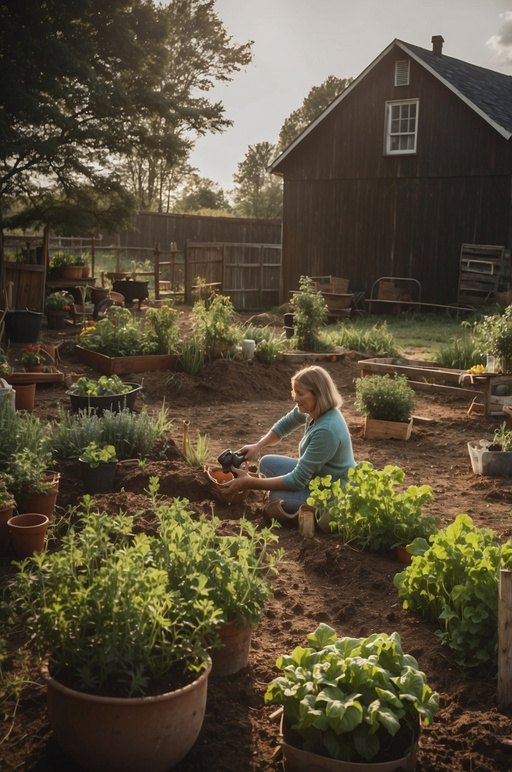
Choosing the Right Garden Shape and Size
Some of the imperatives when planning your homesteading garden layout involve choosing the right shape and size for your space. Consider the available sunlight, water sources, and the types of plants you want to grow. A rectangular garden is efficient for rows of crops, while a circular shape can maximize space and create a visually appealing design.
Creating a Functional Pathway System
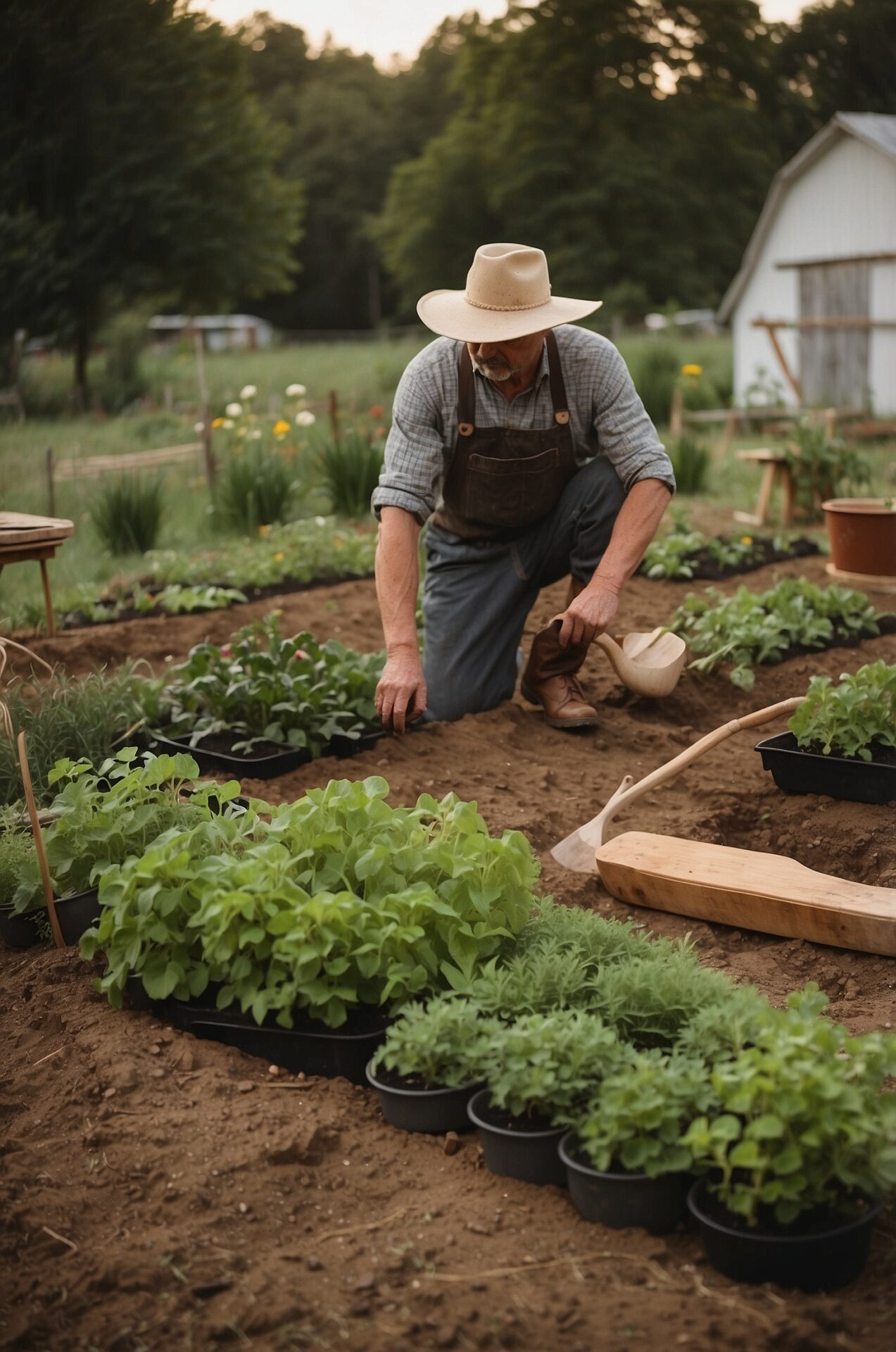
Choosing the right pathway system is crucial in a homesteading garden layout. Pathways provide access to different areas of your garden, making maintenance tasks easier. Gravel paths are cost-effective and allow for good drainage, while stepping stones add a charming touch. Make sure the pathways are wide enough for you to comfortably move equipment and wheelbarrows around.
For a more intricate design, consider incorporating raised beds or borders along the pathways. This not only adds visual interest but also helps define and separate different planting areas within your garden.
Incorporating Companion Planting
Some garden layout imperatives include incorporating companion planting techniques. Companion planting is the practice of grouping plants together that benefit each other in some way. For example, planting marigolds among your vegetable crops can help deter pests, while growing beans near corn can provide natural nutrients to the soil.
In a homesteading garden layout, the companion planting system can help enhance growth, reduce the need for chemical pesticides, and promote overall garden health. Research companion planting combinations that work well together to create a thriving and balanced garden ecosystem.
Vegetable Garden Layout Ideas
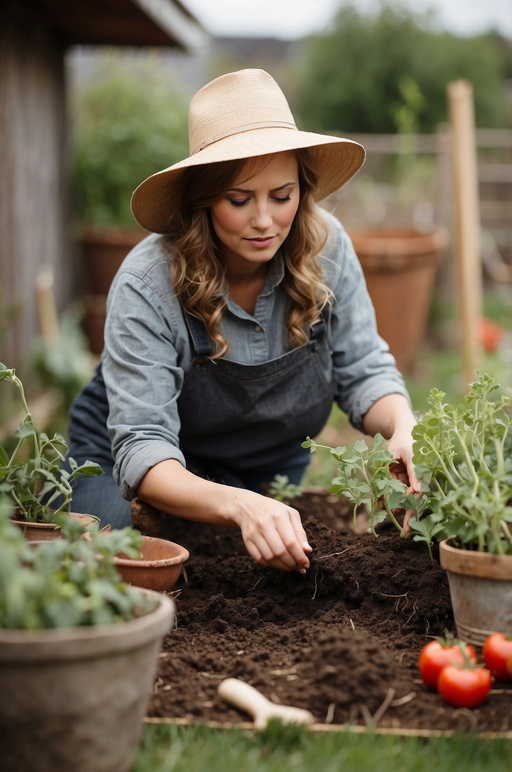
Traditional Row Gardening
Unlike some of the more modern gardening methods, traditional row gardening is a classic approach to organizing your vegetable garden. One common way to design a traditional row garden is to plant your vegetables in straight, parallel rows with pathways in between for easy access. This layout is practical and straightforward, making it easier to plant, weed, and harvest your crops.
Raised Bed Gardening
Traditional rows not your style? Consider raised bed gardening for your vegetable garden layout. By building raised beds, you can create designated growing areas for your vegetables, improving drainage and soil quality. One popular method is to arrange the beds in a grid-like pattern, maximizing space and making maintenance a breeze.
Vegetable plants thrive in raised beds because they provide good drainage, warmer soil, and better aeration. You can easily customize the height and size of each bed to suit your needs and preferences.
Square Foot Gardening
For those with limited space or looking to maximize efficiency, For square foot gardening is a fantastic option. This method involves dividing your garden into square foot sections and planting specific quantities of vegetables in each square. It’s a great way to ensure you’re using your space effectively and achieving high yields.
Gardening in square foot sections allows for better organization and makes it easier to plan your planting schedule. You can get creative with your layouts, mixing and matching different vegetables to create beautiful and productive garden beds.
Container Gardening
Gardening in containers is perfect for those with limited outdoor space or poor soil quality. You can grow a variety of vegetables in containers such as pots, buckets, or raised beds, right on your patio or balcony. This method offers flexibility, allowing you to move your containers around to follow the sun or protect your plants from harsh weather conditions.
The Container gardening technique is also great for beginners or those with physical limitations, as it requires less bending and kneeling. You can start small with just a few containers and gradually expand your garden as you gain experience and confidence.
Fruit and Berry Garden Layout Ideas
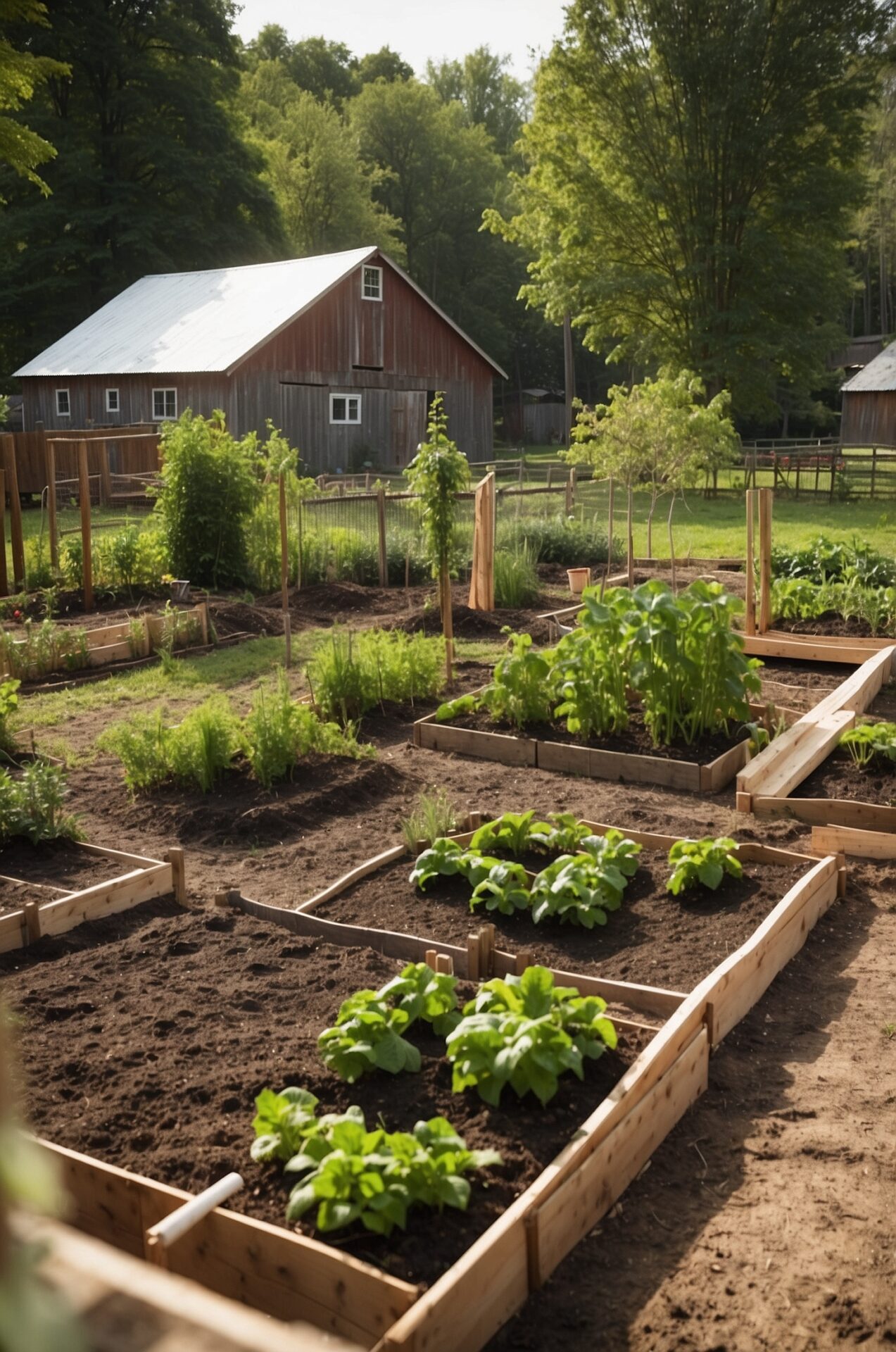
Not only are fruit and berry gardens beautiful additions to a homestead, but they also provide a bountiful harvest of fresh produce. Planning and designing a garden specifically for fruits and berries requires careful consideration to ensure optimal growth and productivity. Here are some layout ideas to help you create a thriving fruit and berry garden on your homestead.
Orchard Layout Considerations
Orchard planning is crucial for the long-term success of your fruit trees. When designing your orchard layout, consider factors such as spacing, sun exposure, soil quality, and pollination requirements. Proper spacing between trees allows for adequate airflow and prevents overcrowding, while ensuring each tree receives sufficient sunlight. Additionally, taking the time to cultivate healthy soil and selecting fruit tree varieties that are compatible for cross-pollination can enhance fruit production.
Berry Patch Design Tips
Berries are a delightful addition to any garden, offering a burst of flavor and color. When designing your berry patch, keep in mind that berries thrive in well-drained soil that is rich in organic matter. Consider planting blueberries, raspberries, and strawberries together to create a diverse and productive berry patch. Remember to mulch around your berry plants to help retain moisture and suppress weeds. Recognizing the different soil and sunlight needs of each berry variety is key to a successful berry garden.
Incorporating Fruit Trees into Your Landscape
Patch the bountiful harvest of fruit trees into your landscape can enhance the beauty and functionality of your homestead. When considering how to incorporate fruit trees into your garden layout, think about the size of the mature tree, spacing requirements, and companion planting options. Choose fruit tree varieties that are well-suited to your climate and soil conditions, and plant them in an area where they will have room to grow and flourish. Your orchard can also benefit from companion planting with herbs and flowers that attract beneficial insects and pollinators.
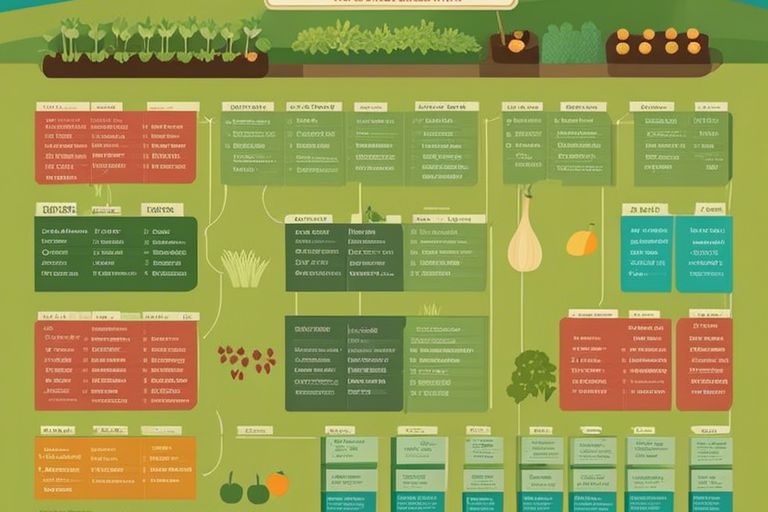
Herb and Flower Garden Layout Ideas
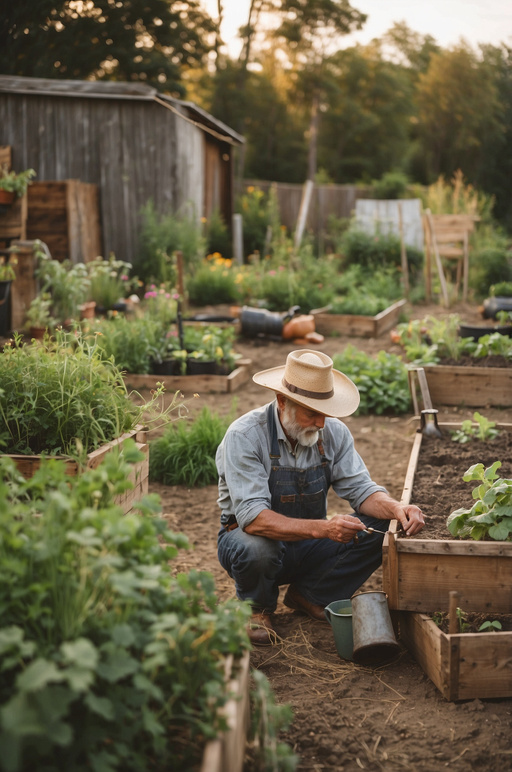
Now, let’s talk about designing your herb and flower garden. These gardens not only add beauty and fragrance to your homestead but also serve important functions like attracting pollinators and providing fresh herbs for cooking and medicinal purposes. Here are some ideas to make the most of your herb and flower garden layout.
Maximum Yield: Designing an Herb Garden for Maximum Yield
Maximum yield in an herb garden can be achieved by thoughtful design and placement of herbs. Consider grouping herbs with similar water and sunlight needs together. For example, plant rosemary, thyme, and oregano in a sunny, well-drained area, while mint and parsley thrive in partially shaded spots. This way, you ensure that each herb receives the optimal growing conditions for maximum yield.
Flower Power: Creating a Pollinator-Friendly Flower Garden
Flowers not only add vibrant colors to your garden but also play a crucial role in attracting pollinators like bees, butterflies, and hummingbirds. To create a pollinator-friendly flower garden, choose a variety of nectar-rich flowers that bloom at different times throughout the season. Include native plants in your garden as they are well-suited to the local climate and attract local pollinators. By providing a diverse selection of flowers, you can ensure a constant food source for these beneficial insects.
A pollinator-friendly flower garden not only benefits your immediate surroundings but also supports biodiversity and helps with crop pollination. So, by planting flowers strategically throughout your homestead, you are not only enhancing its beauty but also encouraging a healthy ecosystem.
Garden Harmony: Incorporating Companion Planting in Your Herb Garden
It’s important to consider companion planting in your herb garden to promote plant health and maximize yield. Certain herbs repel pests or attract beneficial insects when planted together. For example, planting basil near tomatoes can improve the flavor and growth of the tomatoes while repelling pests that harm them. Chives planted near strawberries can ward off pests that affect the berries.
It’s fascinating how companion planting can create a harmonious and productive garden ecosystem. By strategically placing herbs together based on their complementary properties, you can create a garden that not only looks beautiful but also thrives naturally with minimal intervention.
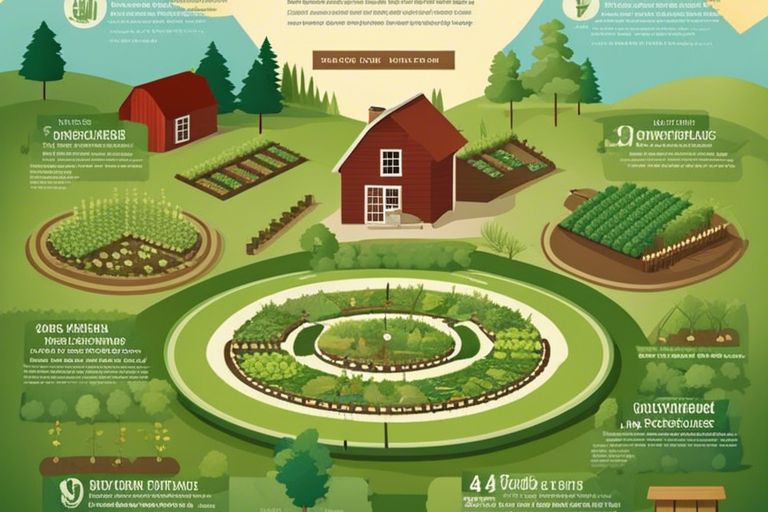
Water Conservation and Irrigation
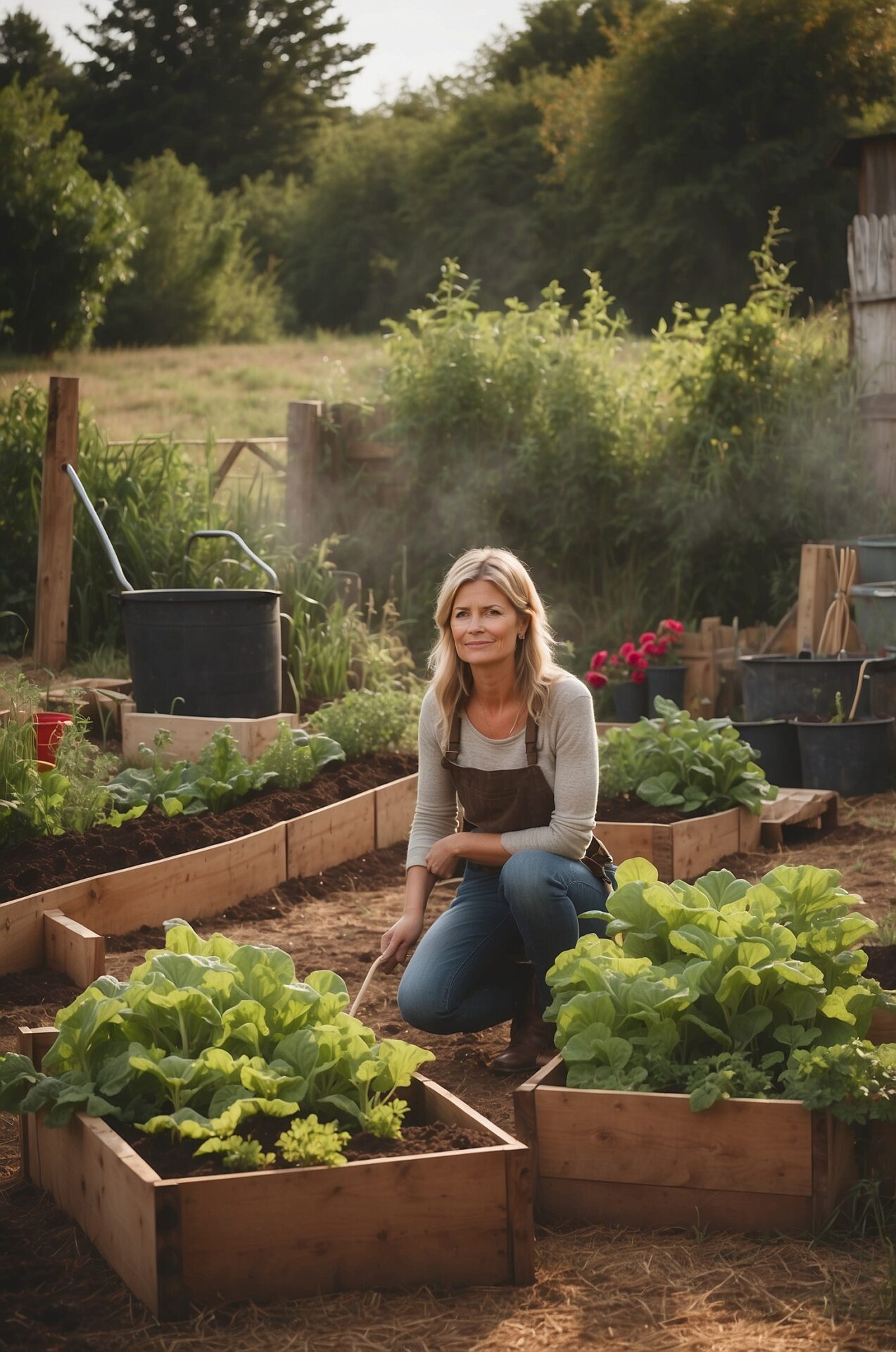
For the homesteading gardener, efficient water management is crucial. By incorporating water conservation and irrigation techniques into your garden layout, you can ensure that your plants receive the water they need while reducing waste.
Rainwater Harvesting Systems
Systems that capture and store rainwater are an excellent way to reduce your reliance on municipal water sources. Installing a rain barrel or a more elaborate rainwater harvesting system can help you collect and use rainwater for watering your garden. This not only saves you money on your water bill but also ensures that your plants receive a natural, untreated water source.
Drip Irrigation and Soaker Hoses
Drip irrigation systems and soaker hoses are efficient ways to deliver water directly to the base of your plants, minimizing evaporation and runoff. These systems can be easily customized to fit the layout of your garden, allowing you to water specific areas without wasting water on paths or non-vegetated areas.
Irrigation systems like drip lines and soaker hoses are especially beneficial for deep-rooted plants that require consistent moisture levels. By providing a slow, steady supply of water directly to the roots, you can promote healthier plant growth and reduce the likelihood of overwatering.
Mulching for Water Retention
Another effective way to conserve water in your garden is by using mulch to retain moisture in the soil. Mulching not only helps prevent evaporation and suppresses weed growth, but it also adds organic matter to the soil as it breaks down. Organic mulches like straw, wood chips, or shredded leaves can improve soil structure and fertility, creating a healthy environment for your plants to thrive.
Drip irrigation systems and mulching go hand in hand in promoting water conservation in your garden. The combination of efficient watering techniques and mulch cover can significantly reduce water usage while promoting a sustainable and productive gardening environment.
As a reminder
Homesteading garden layouts are a wonderful way to maximize your space and produce a bountiful harvest. From raised beds to companion planting, there are so many creative ideas to explore. Remember to keep your unique needs and space constraints in mind as you plan your homesteading garden layout. Experiment, learn, and enjoy the process of growing your own food!

